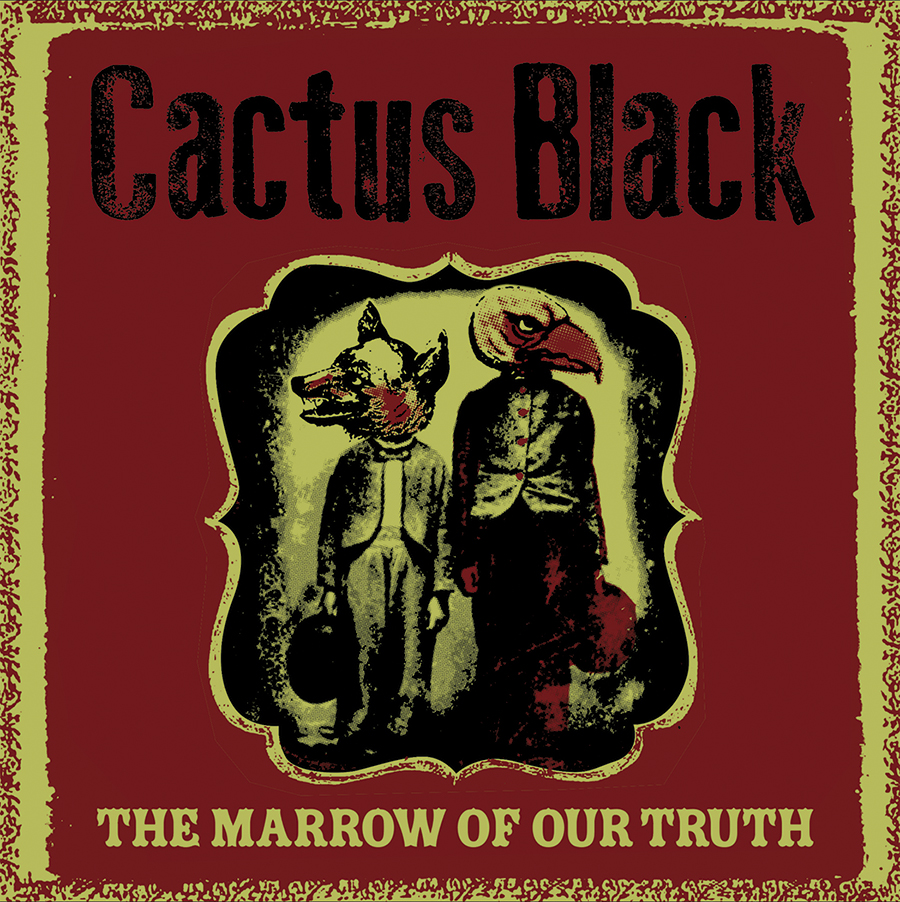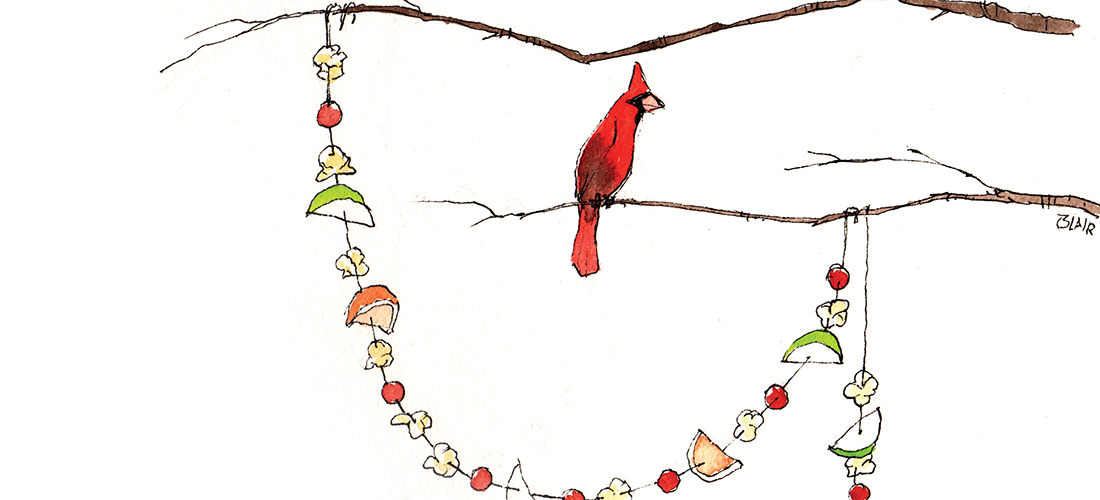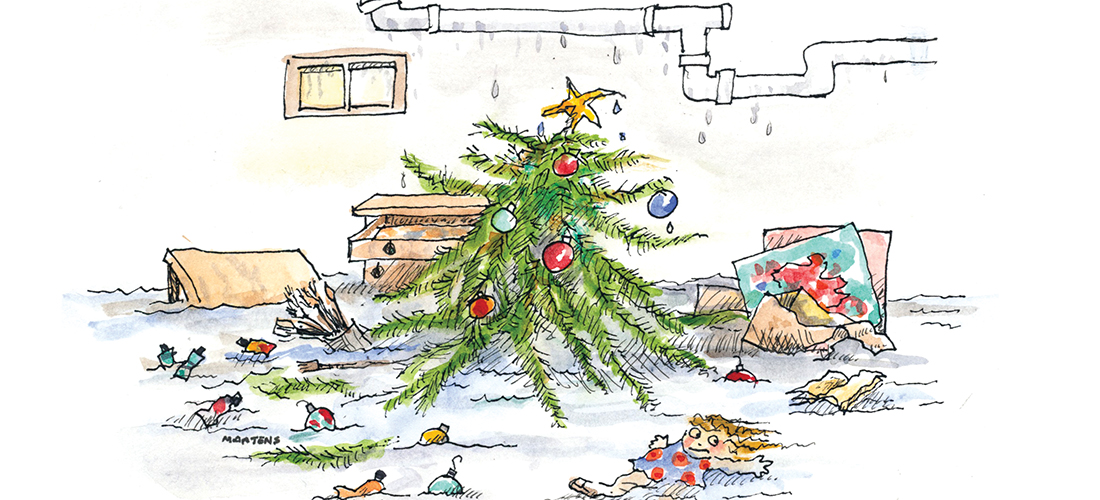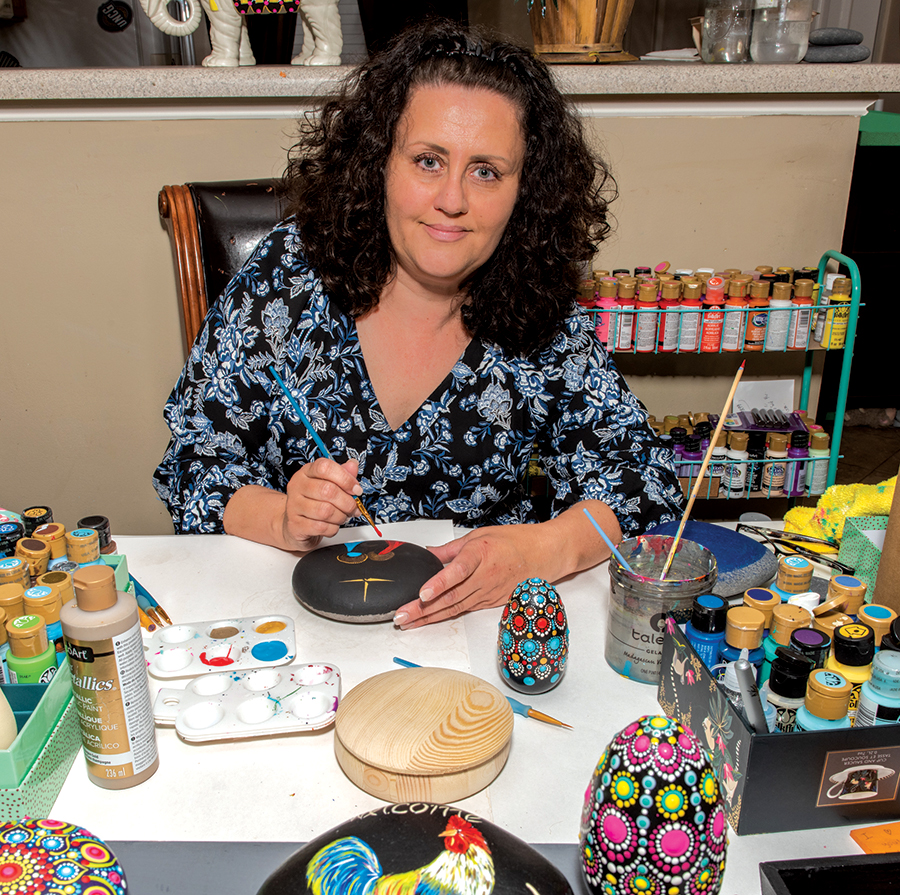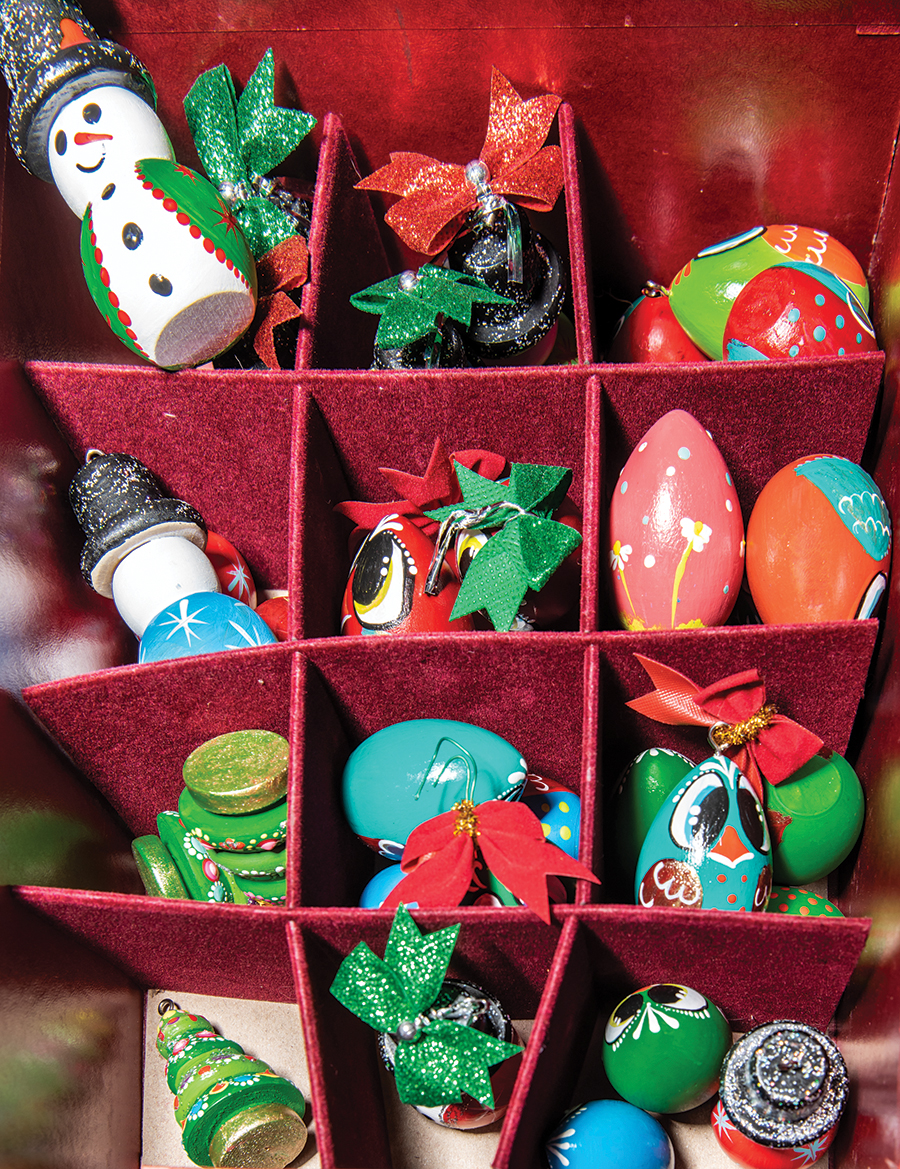For five local women, their jewelry tells the story of their lives
By Katherine Snow Smith • Photographs by Mark Wagoner
A baby boy. A chance meeting. A summer job. A new home. A family trip.
Long before life’s momentous events were aired on Zoom, posted on Instagram or even forced on unsuspecting dinner guests via old-school Kodak slide carousels, they were embedded in charm bracelets. A family history dangling from a woman’s wrist, making a beautiful conversation piece for sharing special stories.
Charm bracelets were in their heyday in the 1950s and ’60s. But plenty of women have kept up the tradition or are proudly wearing their mother’s or grandmother’s.
Though most of the traditional charms aren’t custom, they can be — and some are — handmade. Many have intricate moving pieces. A lever moves can-can dancers’ legs on a charm from Paris. A tiny letter engraved with “I love you” slides out of a gold envelope. The keys of a typewriter go up and down.
These are not the mass marketed charms sold at thousands of malls and airports across the world today. Some jewelry stores still carry traditional charms, but many “old fashioned” pieces are only found on vintage bracelets passed through generations, at antique shops, estate sales and trunk shows specializing in this unique collectible.
Here are the stories of five charm bracelets dangling and jingling in the Triad.
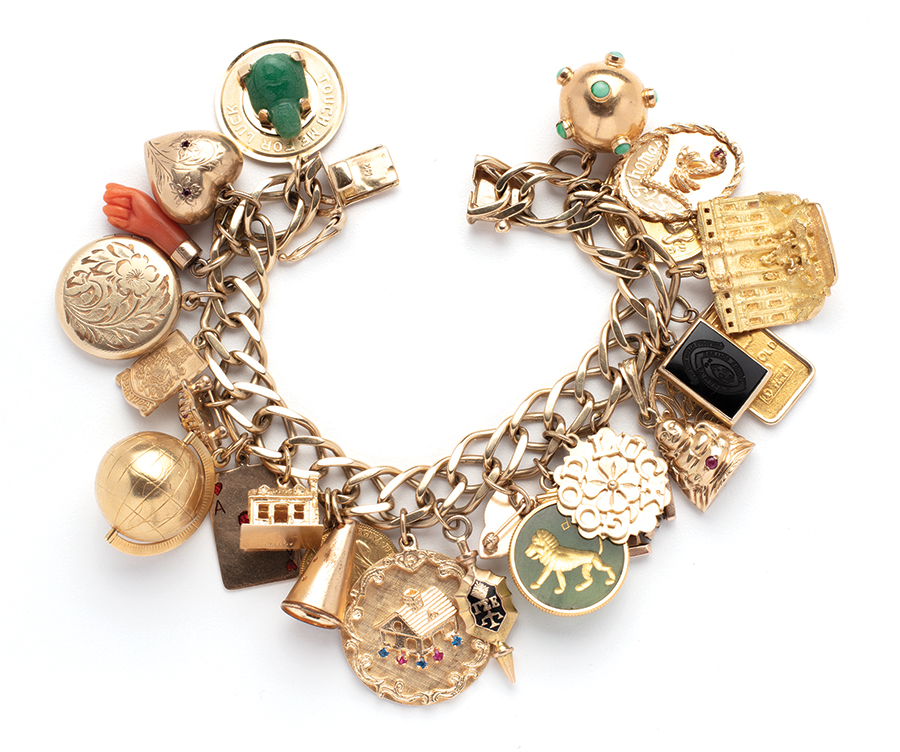
The Story of Your Life
“You never stop collecting charms, that’s the beauty of it,” says Katie Redhead, co-founder of Tyler Redhead & McAlister Real Estate in Greensboro. “You think I’m done with this necklace? Wrong.”
Several bracelets and necklaces chain together the history of her life and clearly reveal how much Redhead loves charms. (See one of her necklaces on page 50.)
She tells the story of each charm in rapid fire. The boat with the turquoise hull is from Barcelona, a prime spot for collecting charms. The little house with a roof that opens revealing a little bed was her mother’s. The gold lion reclining on a turquoise base is because she’s a Leo. The tiny cowbell that actually rings is from Switzerland.
The coins — some as big as a gold watch, some as small as a pencil eraser — all dangling on one bracelet are from her grandfather’s coin collection from around the world.
Her parents bought the tiny gold Coke bottle while visiting Atlanta.
“When my parents went on a trip, they’d bring me something. Sometimes it was a doll, but I always hoped it was a charm and usually it was,” Redhead says.
While charms were popular with many young girls in the 1950s and ’60s, Redhead never gave up her appreciation for them as an adult.
“I used to haunt Schiffman’s downtown for an estate sale,” she says. “They would call me and say: ‘I got something down here you really ought to see.’” Sometimes when family members inherit a charm bracelet, they want the bracelet but not the charms — so they dismantle it, Redhead explains.
“They lose, I win,” she adds.
Glen Lavinder, president of The Pink Door antiques, always keeps an eye out for her as well.
One of her loves, or perhaps addictions, is finding distinctive charms.
“If you are a true charm lover, you don’t get them all at one place. It is a search-and-seek,” she says.
She also loves the stories behind each charm.
“People say, ‘Katie, does this one open? Where’d you get this one? What does this one mean?’” she says. “Lay down your charm bracelet and it will tell the story of your life.”

Something to Talk About
Judith Williams thumbs through the charms on a treasured gold bracelet.
“They tell the story of us,” the longtime Greensboro resident says.
One of her favorite charms is a little gold house with a tiny car attached to a chain that allows it to go in and out of the garage.
“This was my mother’s. My father gave it to her when they built their house,” Williams says.
Another really special one: the gold hand that represents her summer in college when she was a secretary at a camp — the Children’s Fresh Air Farm — in her native Birmingham, Alabama.
“Children from the inner city came to the top of Red Mountain for a month. Each one planted their own garden. Dental students came and fixed their teeth, doctors took care of their medical needs,” Williams recounts. “We all were in the great outdoors together. It was a great way to spend a summer.”
Her bracelet also includes a childhood locket and a lion for her alma mater, Shade Valley High School. Adjacent is a tiny Omicron Delta Kappa key, the service fraternity her husband, Craven Williams, joined at Wake Forest. Also, a disk from when he was president of Greensboro College in the 1990s.
Williams also has a necklace with special charms, including her grandfather’s watch fob and a sun with the words “Good Juju” engraved on it. Her grandchildren call her Juju.
She also has books on charms picturing exceptional pieces of jewelry. There’s a gold heart with an internal ticking to mimic a heartbeat given to Michael DeBakey, a pioneer in heart surgery, and a cross of Cartier diamonds that Edward VIII bestowed on Wallis Simpson.
Williams happily admits she’s a charm nut. She used to lead talks on charm bracelets for various women’s groups in Greensboro.
“I told everyone to bring their charm bracelets. It was amazing. Very few people came without one,” she says. “So many little girls in the ’50s had one. They’d buy a charm when they went on a trip or get one for a special birthday. Like I said, they tell the stories of our lives.”
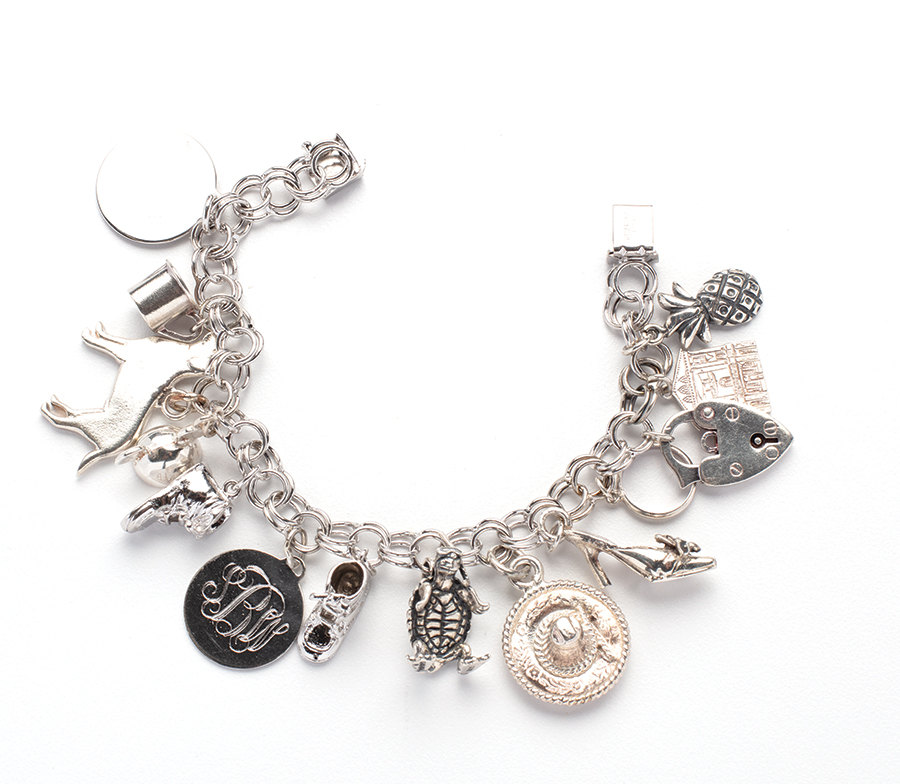
Reminders of Family
Susan Boydoh’s husband, Bob, gave her a charm bracelet after they were married. The Raleigh native who lives in Greensboro has filled it with symbols of family times together.
She found a silver historic house in Charleston because that’s where they got engaged. There are silver baby boots engraved with the birthdates of her son and daughter. The sea turtle is from Cabo, Mexico, in honor of earning her scuba diving certification there.
The Mickey Mouse ears mark a Disney cruise her family took with her parents when her son was 5.
“I look at this charm and I remember how he had no interest in seeing all the Disney characters,” she says. “He wanted to go up on the bridge and see the harbor master or who drove the ship. My dad loved that because he wanted to talk to him about how the ship worked.”
Since her father died 10 years ago, Boydoh especially appreciates having a special reminder of this family time together. Much better than a T-shirt or other souvenir that’s long gone.
As an agent with Tyler Redhead & McAlister, she’s a colleague and friend of Redhead and caught her contagious love for charms.
“I saw how Katie has all these different things that aren’t actual charms that she made into charms,” Boydoh says. “Now I have made my high school class ring into a charm and this beautiful little floating heart from a necklace.”
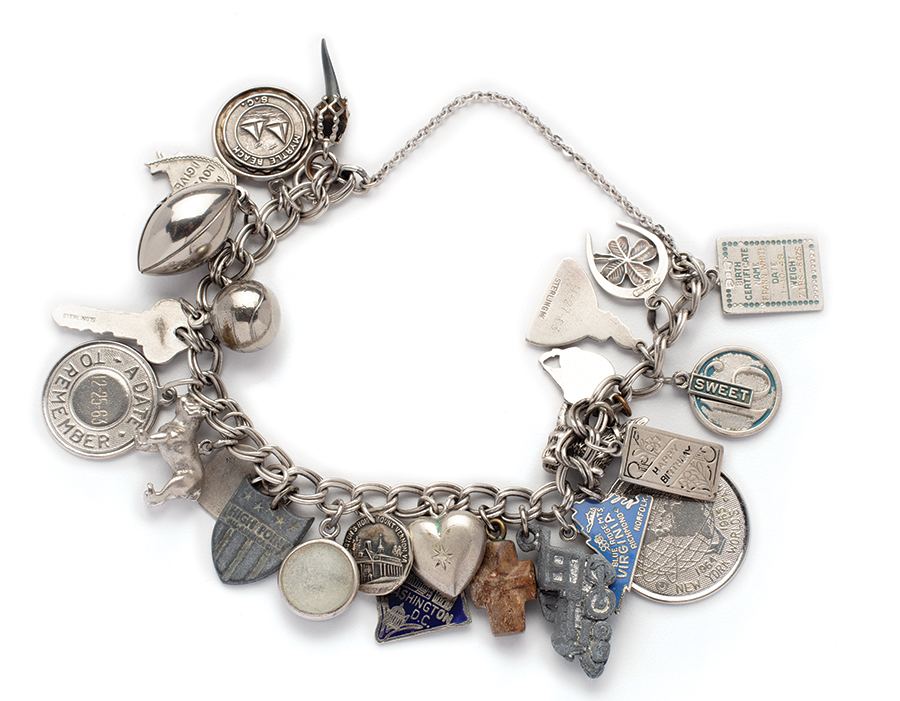
Vivid Memories
The silver charm engraved with a globe came from the 1964 World’s Fair in New York. It stirred 57-year-old memories that resurfaced in vivid detail for Frann White, who lives in High Point. She got the charm in 10th grade when she was there on a trip with her mom and a group of friends.
“We ate waffles in the Belgium pavilion. In the Japanese pavilion we took off our shoes and sat on the floor,” White recalls. They rode in a car through buildings highlighting General Motors’ and Ford’s latest innovations.
The miniature silver model of Mount Vernon took her back to a gift shop with rows of old, wooden windows and creaky hardwood floors.
“The senior class of Trinity High School always went to Washington, D.C., and Virginia,” she says. “This cross is from the National Cathedral. Wherever I went, I always looked for charms.”
She knows her bracelet dates back to at least eighth grade because it includes a charm given to her by an early sweetheart. “My love I give to you my heart,” is engraved onto a small heart.
A replica of a birth certificate is engraved with the date and time of her birth, as well as her newborn weight. The whistle with chipped red, white and blue paint represents the year High Point was named an All-American City.
Looking back at her time in high school, she says, “I loved wearing my charm bracelet. I loved the noise,” remembering the sound it made when she sat at her desk writing. “We must have driven the teachers crazy, all the girls wearing charm bracelets.”
She has another bracelet with more charms from her adult years, including a piece of actual lava from Hawaii and a miniature sombrero from Mexico.
“When I wear these it really is like going down memory lane,” White says. “I have three nieces. One already has my mother’s and the other two will get mine.”
The Birthday Bracelet
When Ellen Bassett of Winston-Salem celebrated her 50th birthday at the Omni Homestead Resort in Hot Springs, Virginia., another friend planned quite the charming group gift. She asked the guests to each bring a charm representing something from their friendship with Bassett.
Throughout the night, the birthday girl received individually wrapped charms from her closest friends from various stages of life.
“It was so touching. All of them were so personal,” Bassett says.
She received an apple from someone she lived with in New York, a motorboat from a longtime friend who worked with her at Camp Seafarer, an airplane from a traveling buddy, a charm with her birthday engraved on it from her parents, and e ven a little silver swimsuit from a dear friend who signified their first chance meeting at a Belk’s dressing room.
Now, 50 charms fill a very special bracelet.
“This was the most incredible gift. It’s stuffed with so many great memories,” Bassett says. “It makes me feel loved whenever I wear it.” OH
Katherine Snow Smith is a North Carolina native who has worked as a journalist throughout the Carolinas. She owns two charm bracelets — one silver, one gold — her favorite jewelry for any wardrobe.

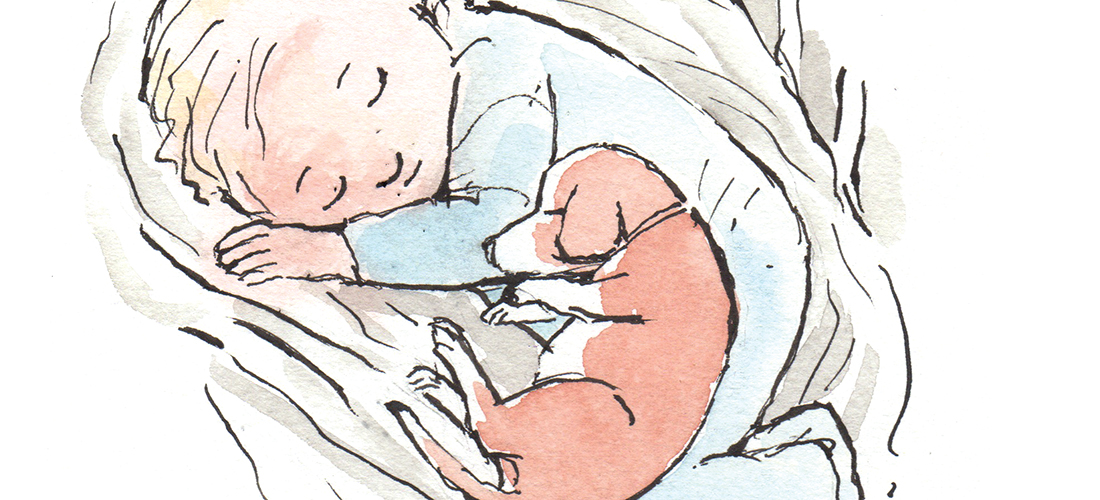
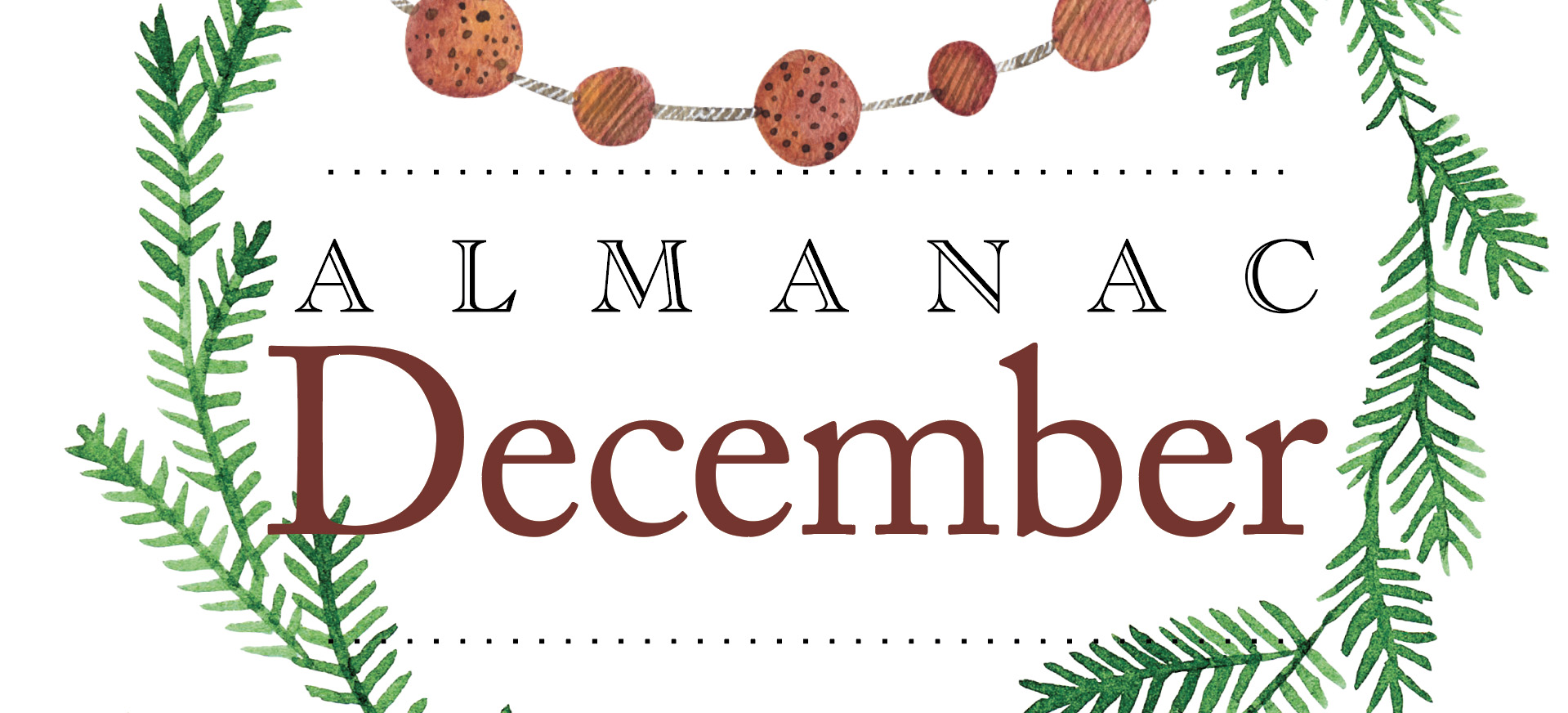

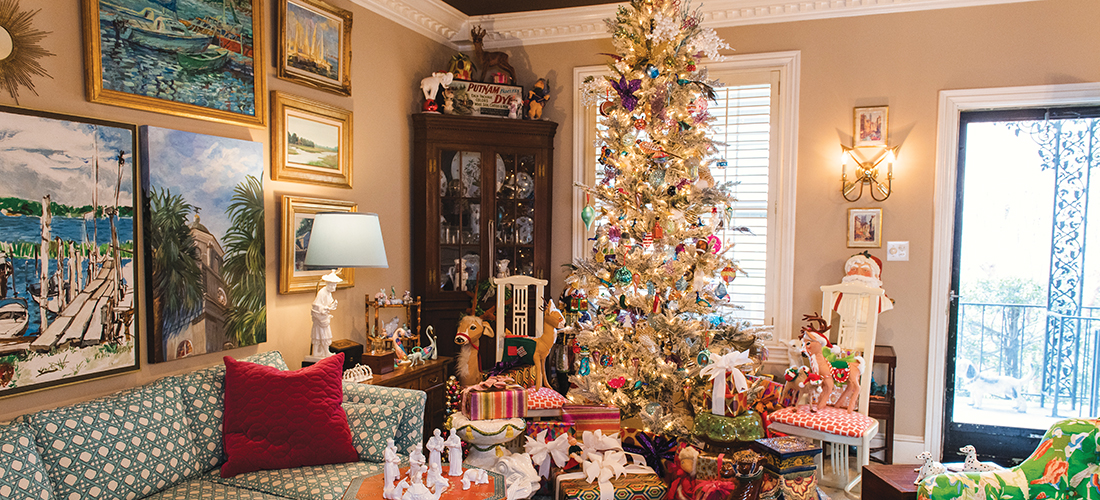


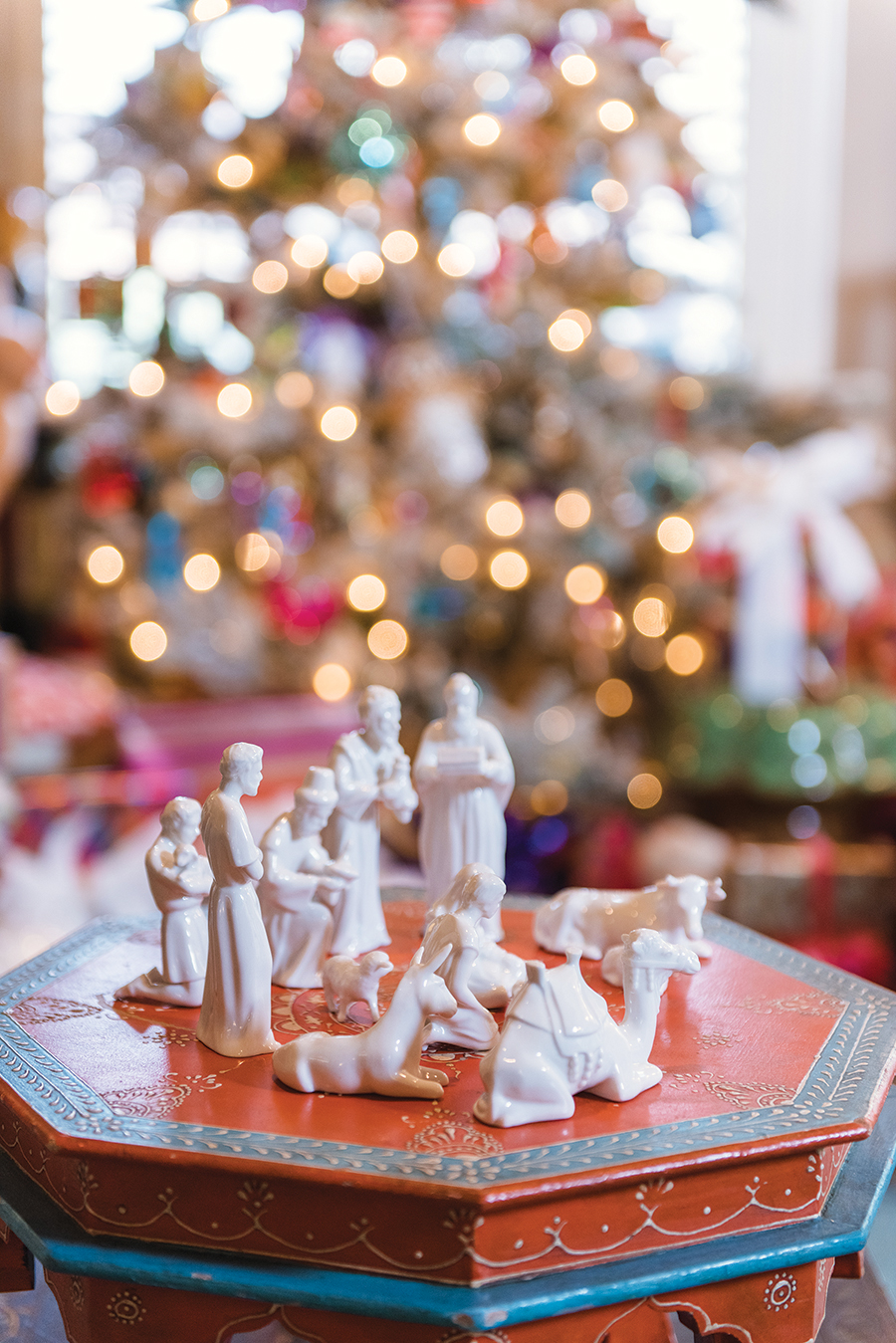
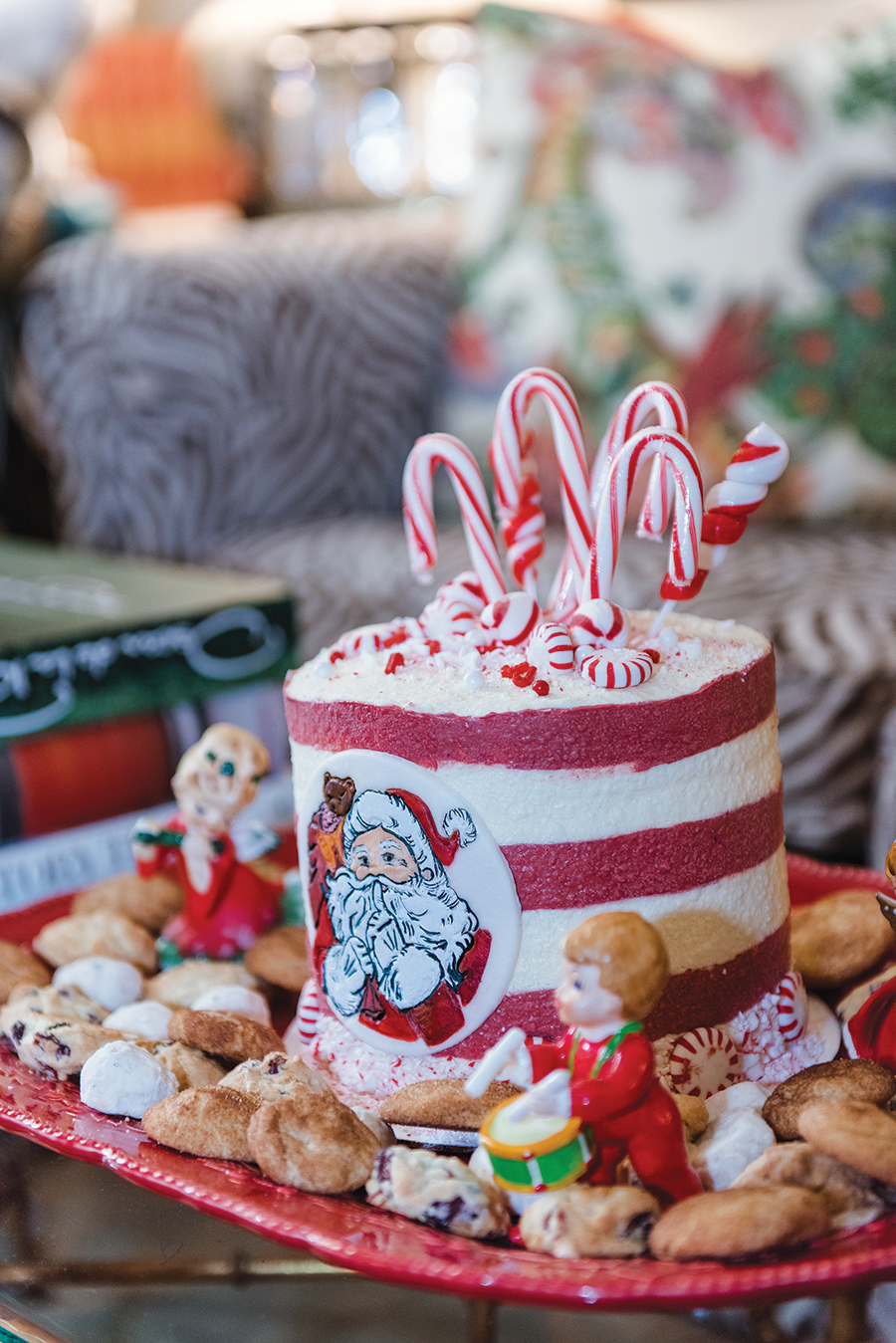
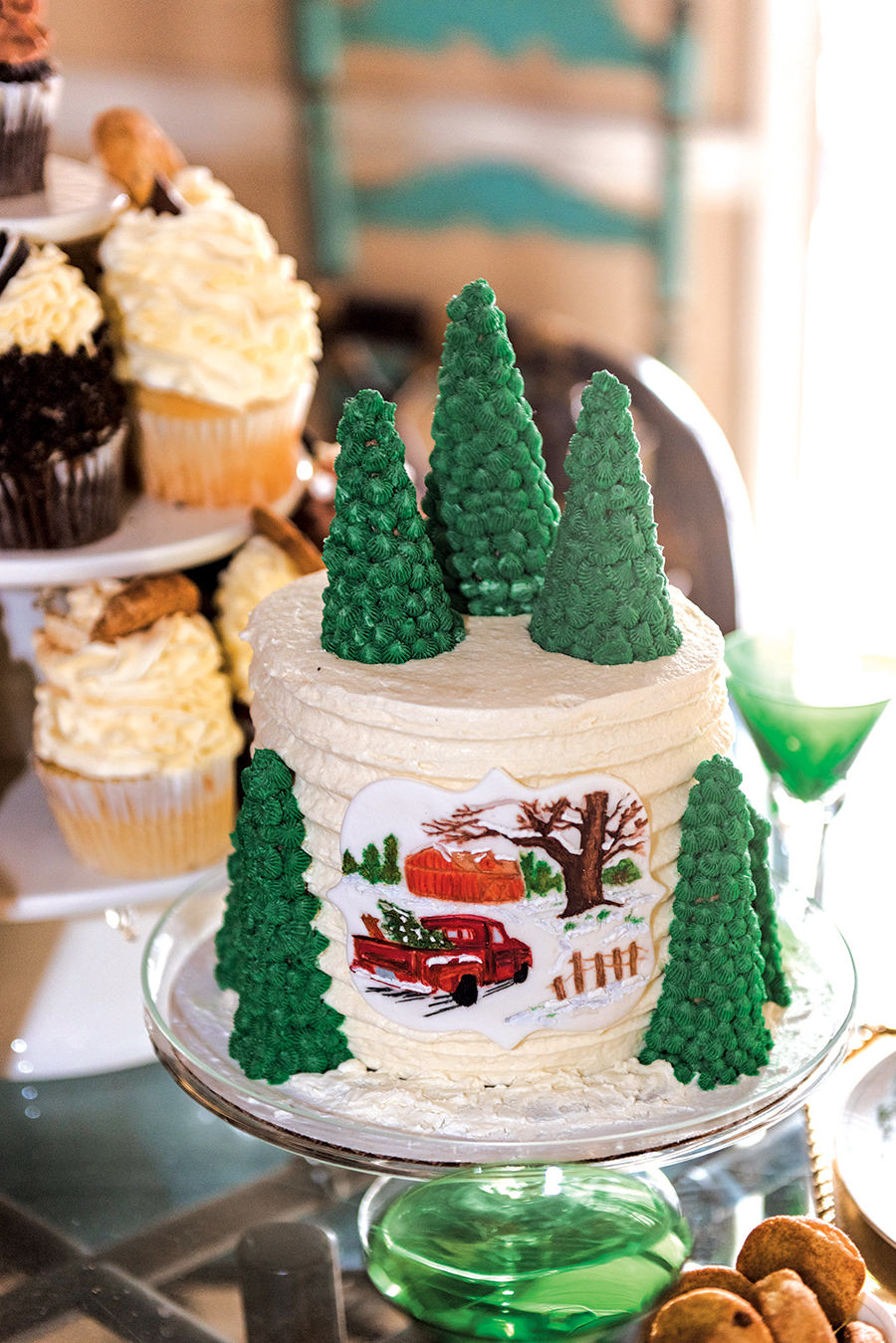
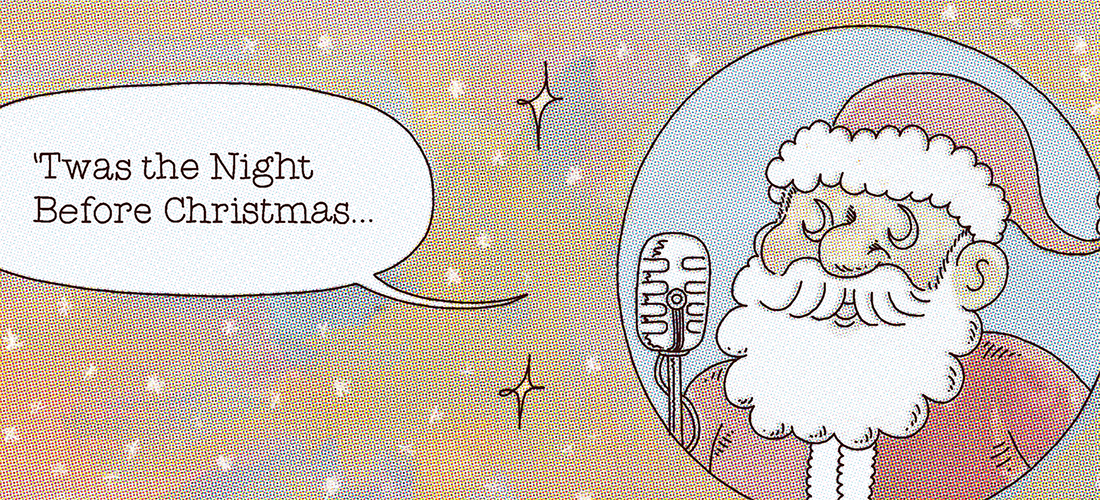
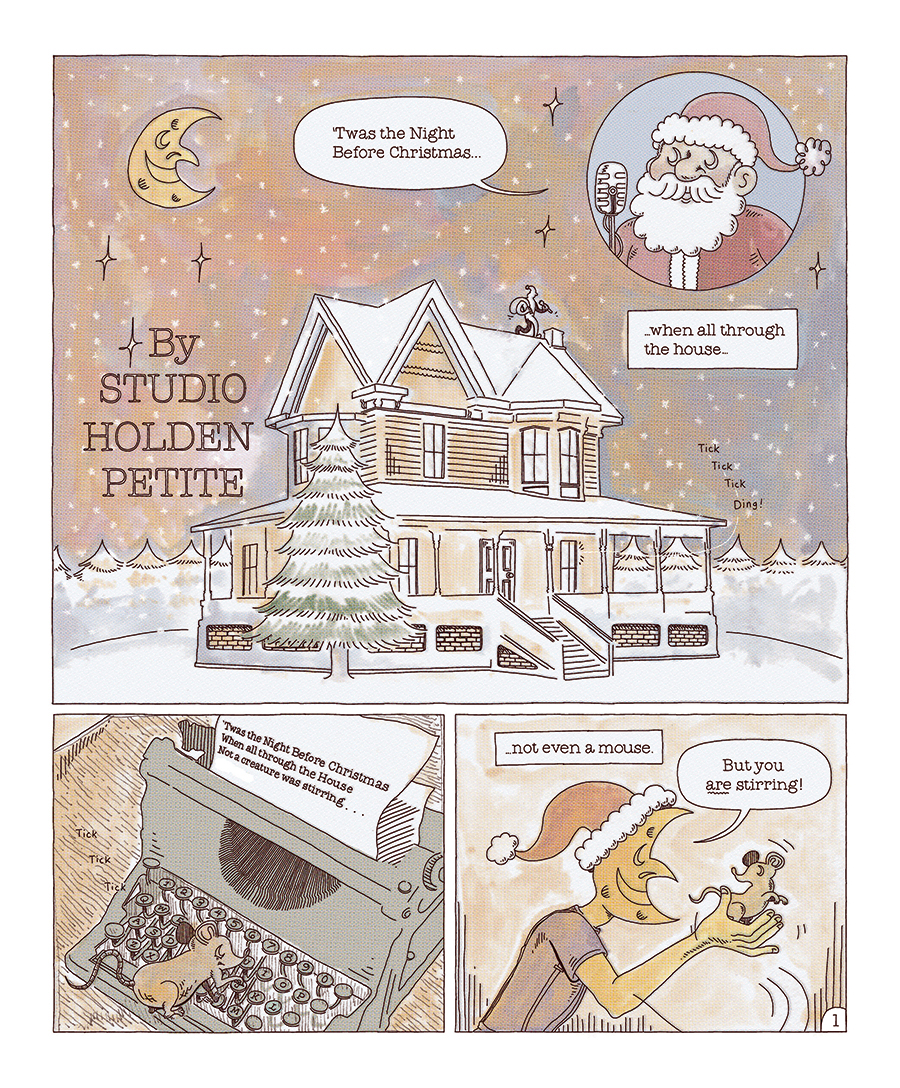
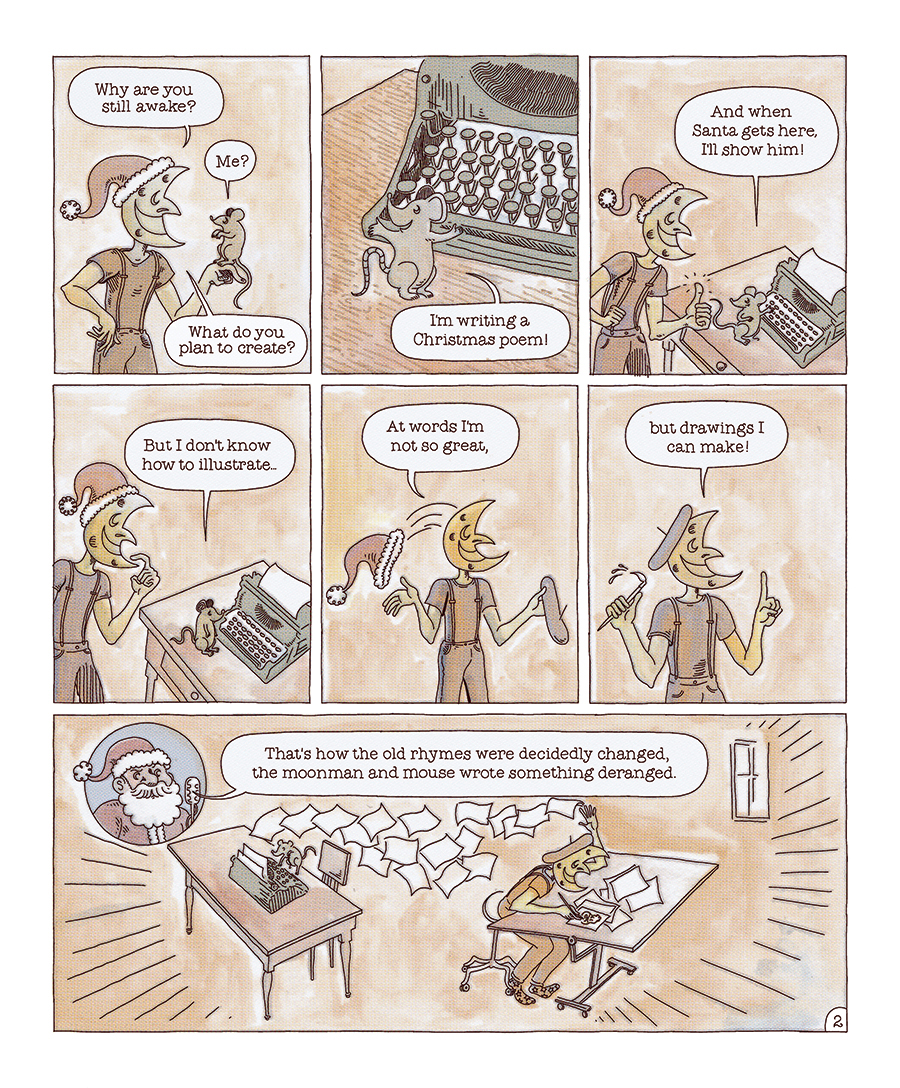
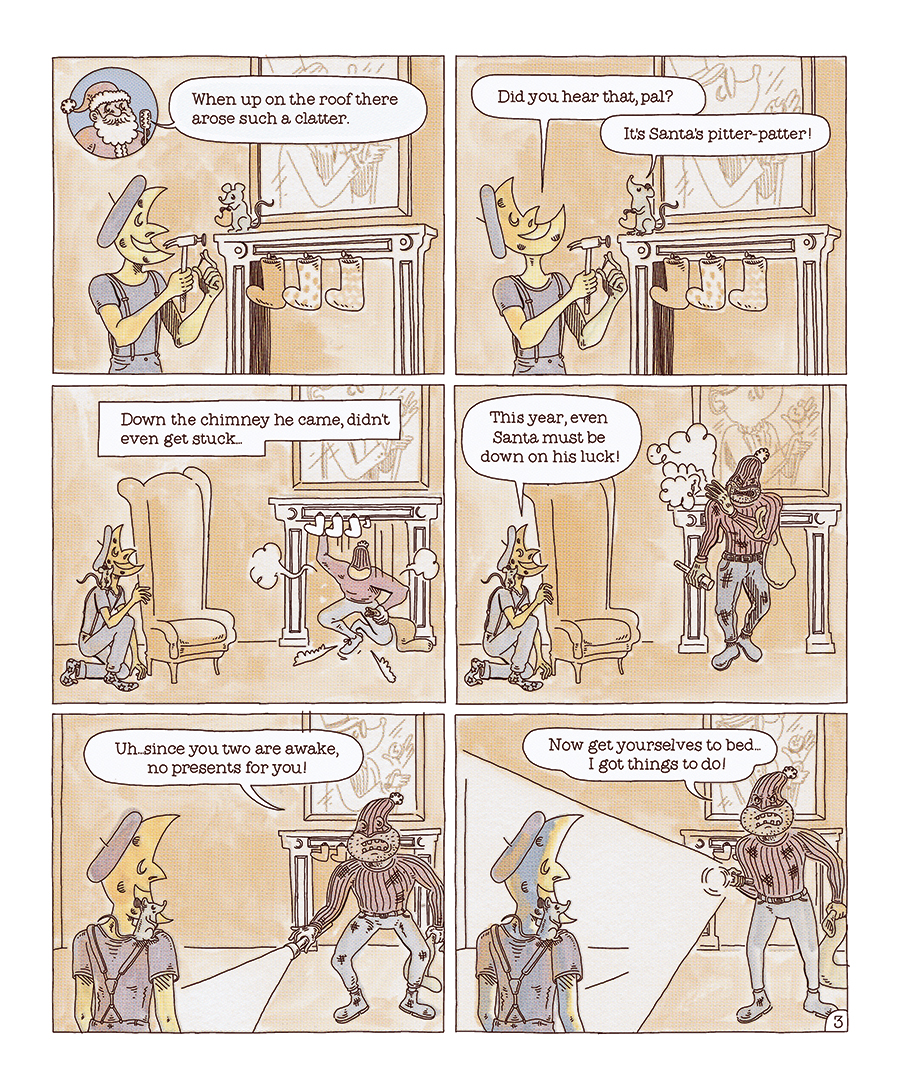
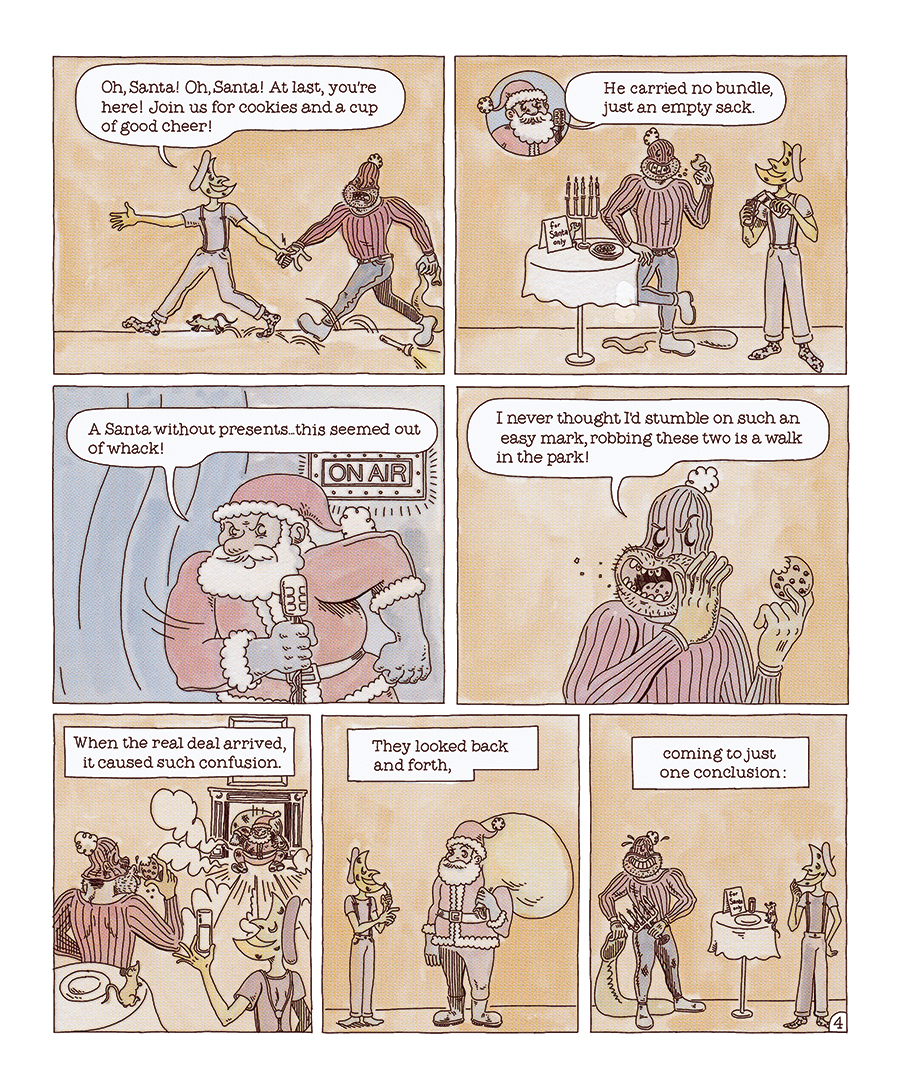
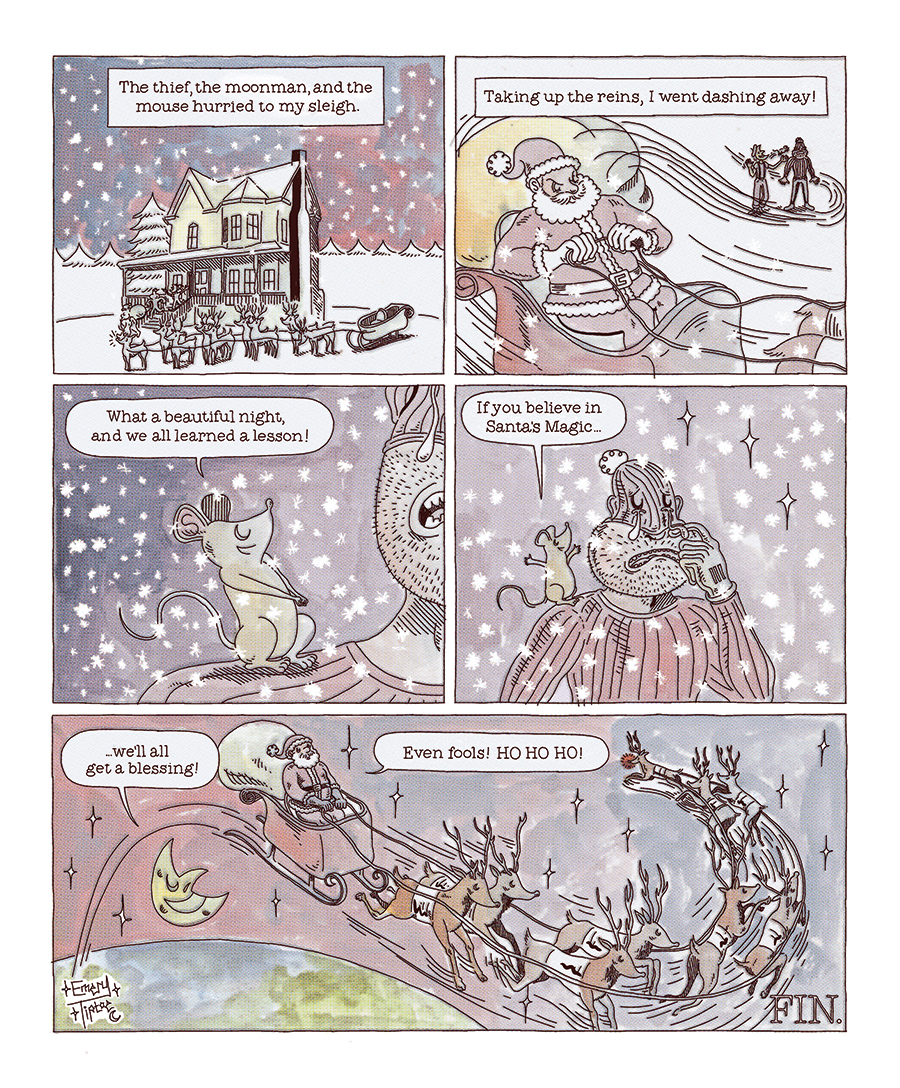
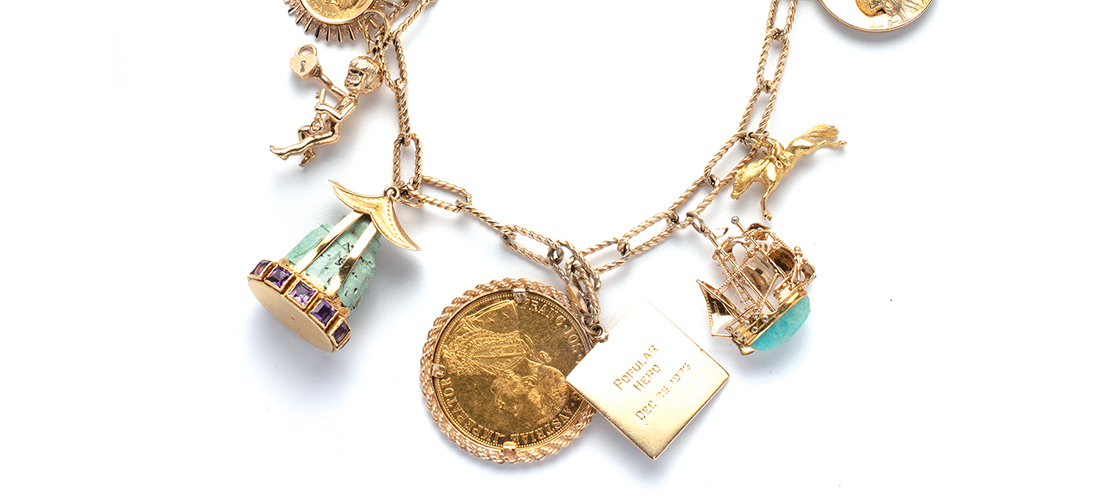




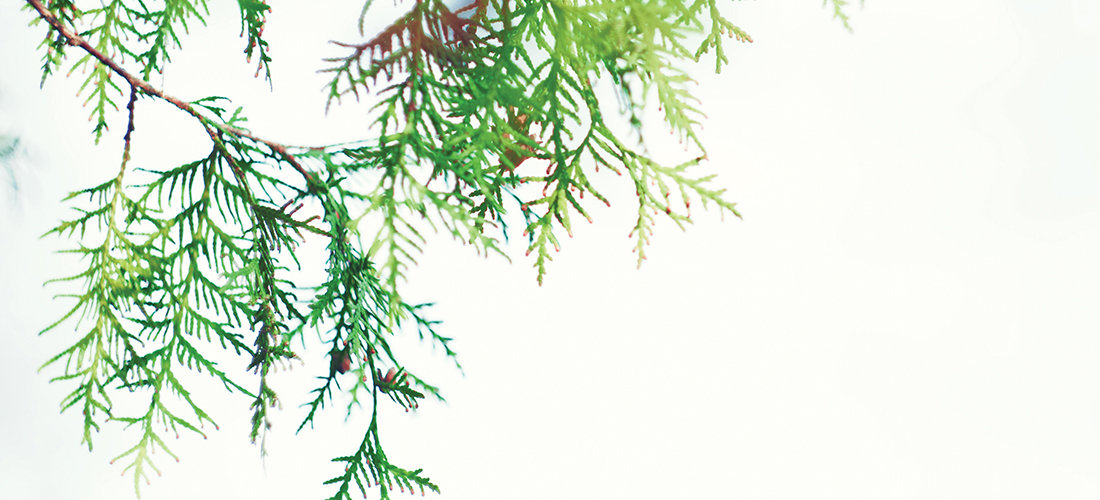
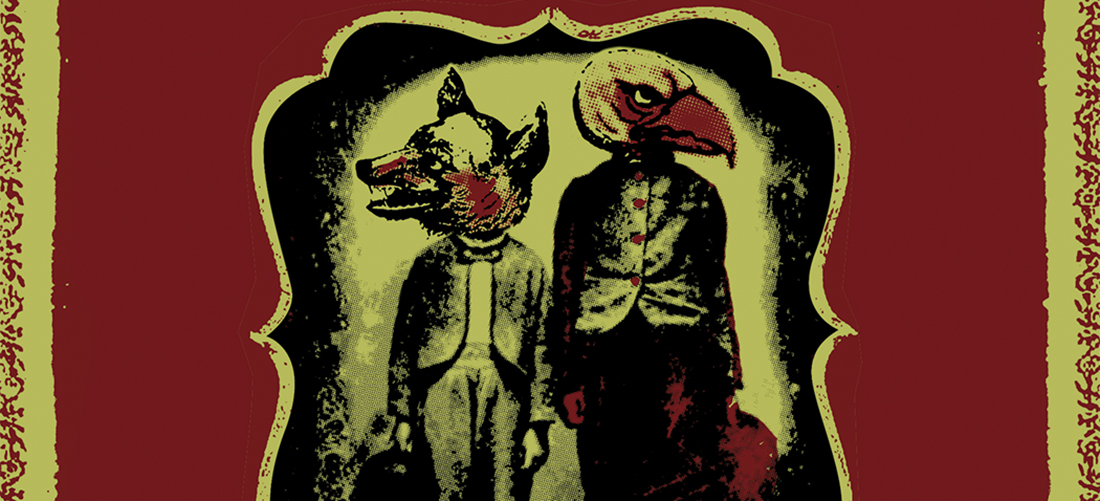
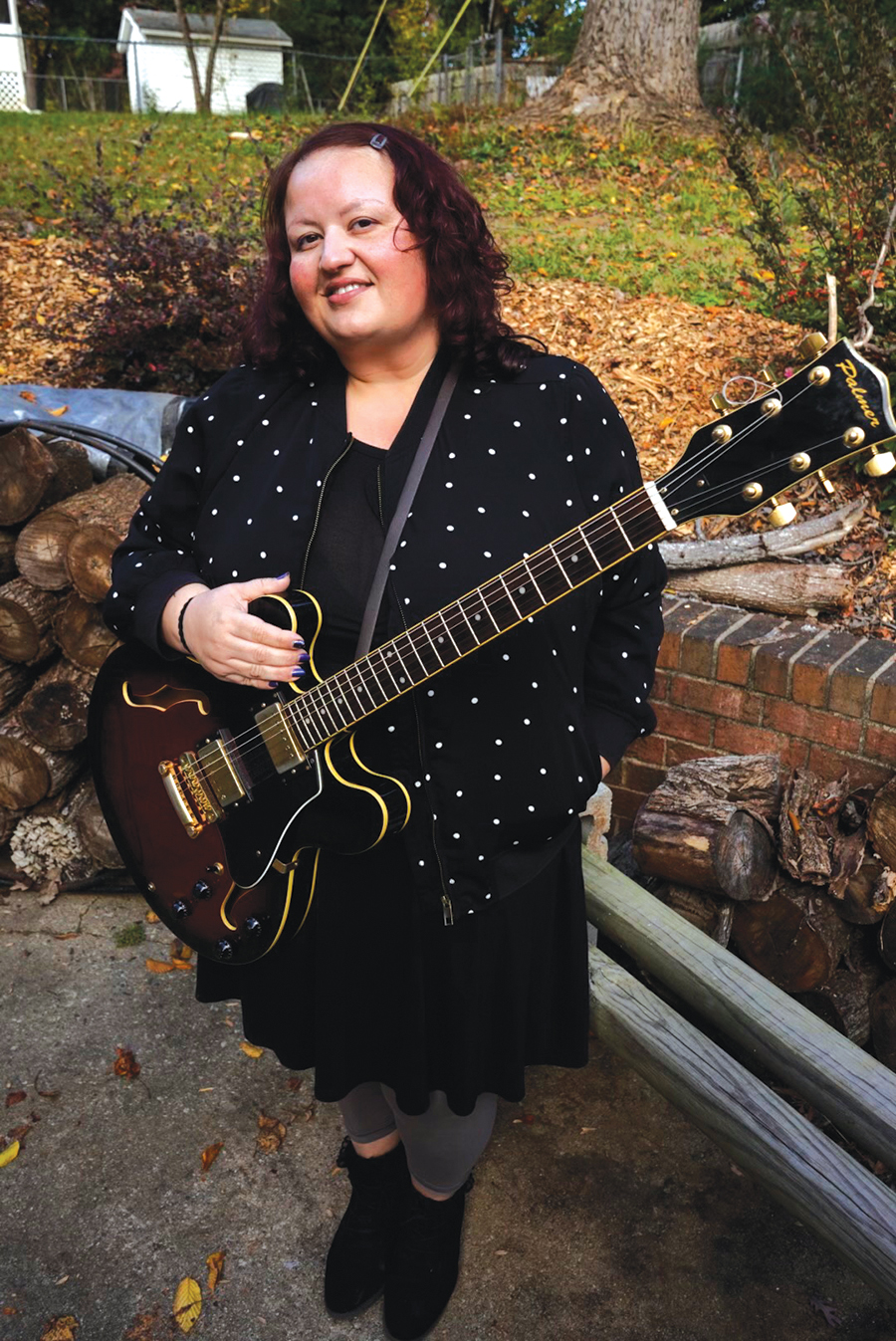 Laura Jane Vincent is a country girl both at heart and literally, as reflected in her down-home, introspective songwriting.
Laura Jane Vincent is a country girl both at heart and literally, as reflected in her down-home, introspective songwriting.